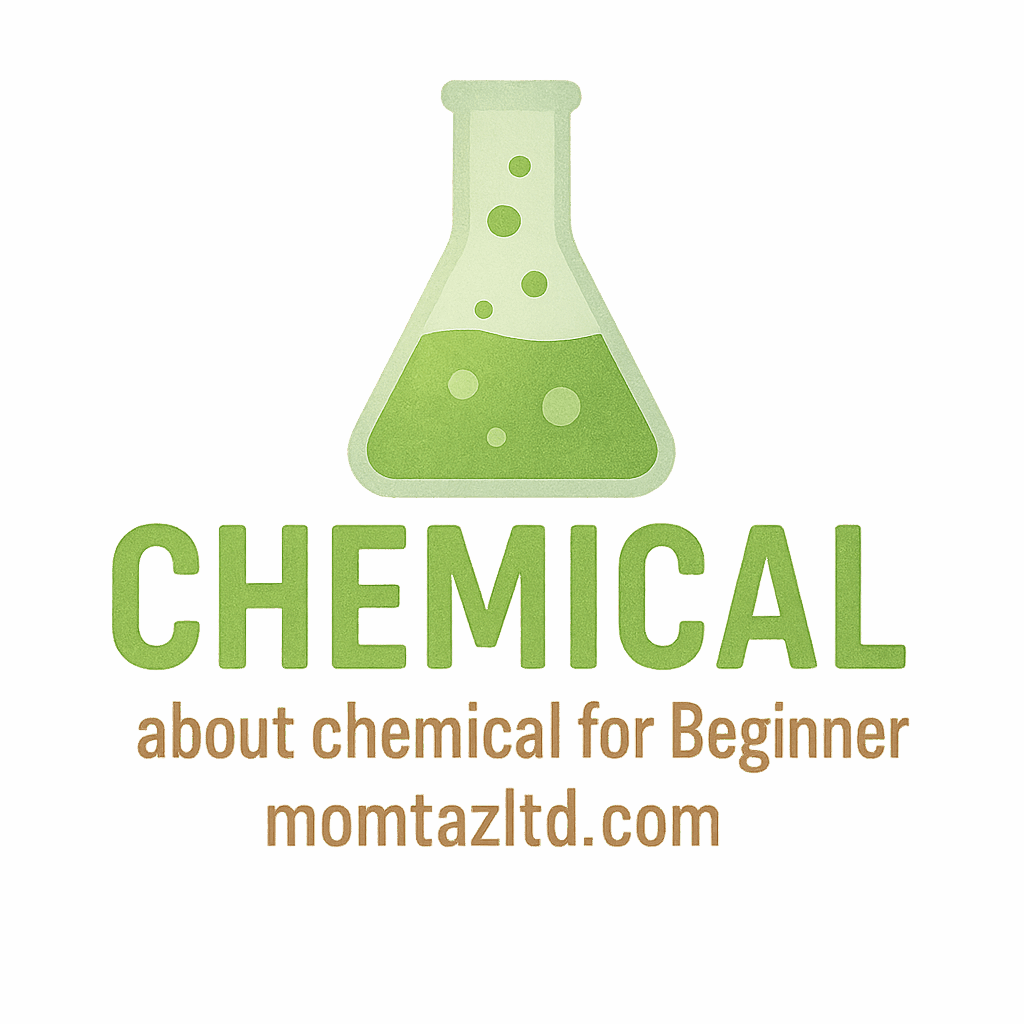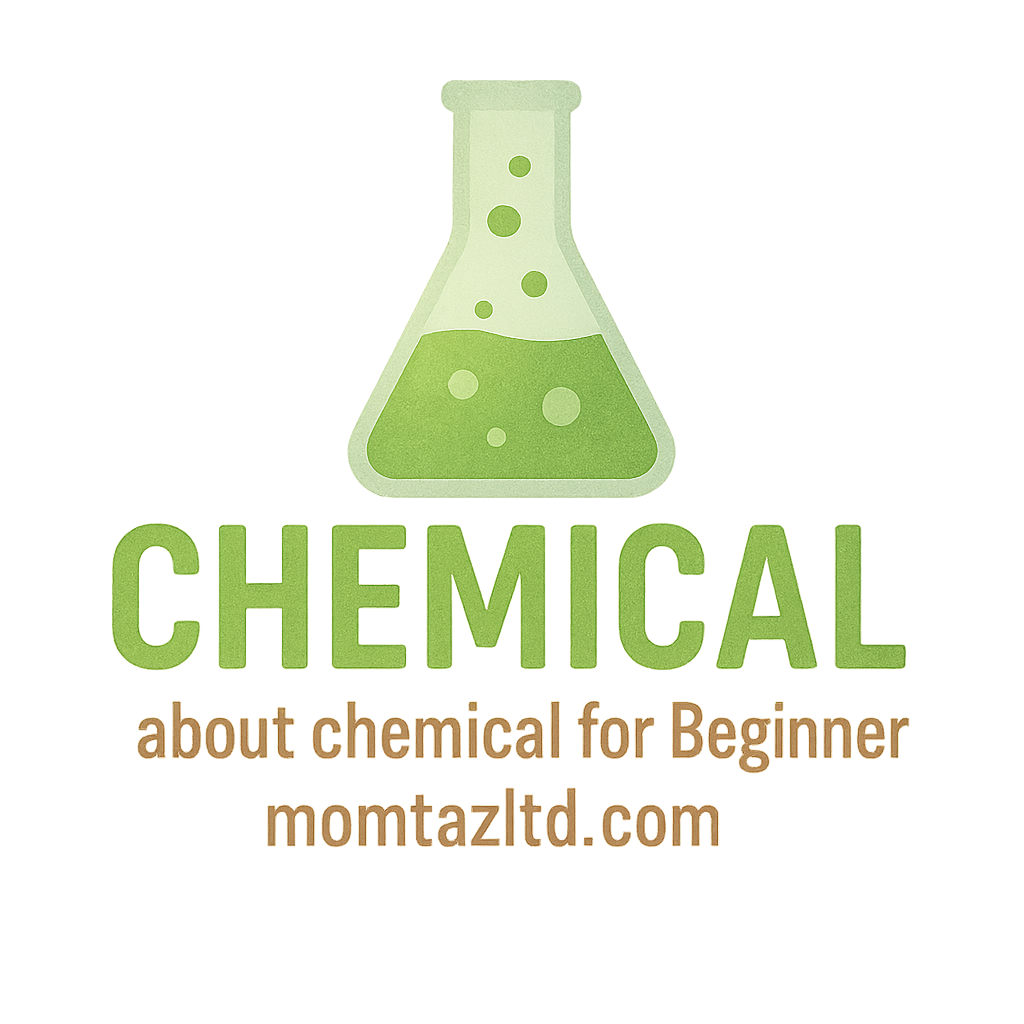Introduction: Why Lab Chemical Safety Is Crucial
Working with chemicals in the laboratory is an essential part of scientific exploration and learning. However, it can also be risky if proper precautions are not taken. Chemical safety in the lab is crucial not only to protect yourself but also to ensure that others around you are safe. Knowing how to handle chemicals responsibly can prevent accidents and potentially life-threatening situations.
In this article, we’ll break down six important lab chemical safety tips every student must know. By following these guidelines, you’ll be able to conduct experiments with confidence, knowing that you’re minimizing the risks and working safely.
Tip #1: Understand the Chemicals You’re Working With
The first step to lab chemical safety is understanding the materials you’ll be using. Chemicals have different properties, some of which may pose serious risks to your health or the environment.
The Role of Proper Chemical Identification
Before you start any experiment, ensure you identify all chemicals properly. Chemical identification includes knowing the name, concentration, and nature of each substance. Familiarizing yourself with the chemicals in your lab will allow you to anticipate potential dangers. For example, highly reactive chemicals like acids or bases require special handling techniques to avoid accidents.
Learn the Properties of Chemicals
You should also understand the properties of the chemicals. Are they flammable, toxic, or corrosive? This knowledge can help you determine the appropriate safety measures. Always consult the Material Safety Data Sheets (MSDS) or Safety Data Sheets (SDS) for detailed information about the chemicals you’ll be working with.
The Importance of Chemical Labels
Chemical labels provide critical information about a substance, including its hazards, handling precautions, and first-aid measures. Always read the label before using a chemical, and make sure that the chemical you are using is the one you intend to use.
Know the Risks and Hazards
Knowing the risks associated with each chemical is vital. Whether the chemical can cause burns, release toxic fumes, or create explosive reactions, understanding these risks will help you stay prepared and avoid unnecessary accidents.
For more information on chemical handling and safety tips, check out Chemical Basics.
Tip #2: Wear Proper Protective Equipment
Your safety gear is your first line of defense against chemical accidents in the lab. Ensure that you are wearing the appropriate protective equipment for the chemicals you’re working with.
The Basics of Lab Protective Gear
Every student should be equipped with basic protective gear such as:
- Lab Coat: A lab coat protects your clothing and skin from spills or splashes.
- Gloves: Choose gloves made of materials that are resistant to the chemicals you’re working with (e.g., nitrile gloves for organic chemicals).
- Goggles: Safety goggles protect your eyes from splashes and fumes, which can cause severe damage.
Gloves, Goggles, and Lab Coats
These items are essential in keeping your body safe from dangerous chemicals. Ensure your goggles are snug and your gloves are intact before starting any experiment.
Respirators and Other Specialized Equipment
For certain experiments involving volatile chemicals, you may need a respirator or other specialized equipment like face shields or ear protection. Always follow your teacher’s or lab supervisor’s instructions regarding additional protective gear.
Tip #3: Follow Proper Storage and Disposal Guidelines
Proper storage and disposal of chemicals are essential in maintaining a safe laboratory environment.
How to Store Chemicals Safely
Make sure chemicals are stored in designated areas, away from incompatible substances. For example, flammable chemicals should be stored in fireproof cabinets, while acids and bases should be kept in separate containers.
Using Appropriate Containers and Labels
Always use the appropriate containers for storing chemicals, and label them clearly with their contents and expiration dates. Proper labeling helps to avoid confusion and ensures that chemicals are disposed of correctly.
Chemical Storage Safety for the Lab
Ensure that chemicals are kept in well-ventilated areas and that cabinets are locked to prevent accidental exposure or misuse.
Correct Chemical Disposal Methods
Never dispose of chemicals down the sink or in the trash. Many chemicals are harmful to the environment or can cause dangerous reactions if mixed with others.
Understanding Hazardous Waste Disposal
Hazardous waste must be disposed of through the proper channels. Your school or laboratory should have specific procedures for chemical disposal, including using designated waste containers.
For further details on safe disposal, refer to the Chemical Care page.

Tip #4: Know What to Do in Case of a Spill or Accident
Accidents can happen, even if you’re being cautious. That’s why it’s essential to know what to do if something goes wrong in the lab.
Preparing for Chemical Spills
If a chemical spill occurs, remain calm and follow the emergency protocols. Always have a spill kit on hand that includes absorbent materials, neutralizing agents, and gloves.
Using Spill Kits and Neutralizing Agents
Spill kits should contain materials specific to the types of chemicals you’re working with. For example, acidic spills require neutralizers like sodium bicarbonate, while a base spill might need an acidic neutralizer.
Knowing the Emergency Procedures
Familiarize yourself with the lab’s emergency procedures. Know the location of eyewash stations, showers, and fire extinguishers. In the event of a spill or accident, quick access to emergency equipment can prevent serious injury.
Tip #5: Keep Your Work Area Clean and Organized
A clean and organized lab is crucial for safety. Clutter can lead to accidents, and chemical containers may be knocked over, spilling hazardous substances.
The Role of a Tidy Lab Environment
A tidy workspace helps reduce the risk of spills and accidents. Always keep your work area clean, and avoid leaving unnecessary chemicals on the bench.
Cleaning Protocols to Minimize Risks
Clean up any spills immediately and ensure that all containers are securely closed when not in use.
Avoiding Cross-Contamination
Keep different chemicals separated to avoid cross-contamination. Use separate equipment for handling different chemicals to reduce the risk of reactions or contamination.
For more tips on maintaining a clean lab, visit Household Chemicals.
Tip #6: Never Work Alone in the Lab
One of the most important lab safety tips is to never work alone in the lab. Having a partner or supervisor present ensures that someone is available to assist in case of an emergency.
The Importance of Having a Lab Partner
A lab partner can help you stay on track with safety protocols and assist in the event of a spill, injury, or other emergency. Having a second set of eyes can also help prevent mistakes.
Always Have Someone Nearby for Emergencies
Accidents can happen at any time. By working with a partner or ensuring someone else is in the lab, you increase the chances of getting help quickly.
For more safety information, check out the Chemical Safety page.
Conclusion: Prioritizing Safety in the Laboratory
Lab safety is a critical aspect of conducting any experiment. By following these six essential tips, you can ensure a safer, more productive learning experience. Understanding the chemicals you work with, wearing the proper protective equipment, and knowing how to respond in case of an accident are all key to maintaining safety in the lab.
Remember, safety should always be your top priority when handling chemicals. Be mindful of your surroundings, stay alert, and always follow the lab safety rules.
FAQs
- What is the most important safety tip for lab work?
The most important safety tip is to always understand the chemicals you’re working with and their potential risks. - What protective gear should I wear in the lab?
Always wear gloves, goggles, and a lab coat. Depending on the chemicals you’re using, a respirator may also be necessary. - How can I handle a chemical spill safely?
Keep a spill kit nearby, neutralize the chemical, and follow your lab’s emergency procedures. - How do I dispose of hazardous chemicals properly?
Never dispose of hazardous chemicals in the trash or sink. Use the designated waste disposal system provided by your lab. - Why is it necessary to work with a partner in the lab?
Having a lab partner ensures there’s someone to assist in case of an emergency. - How do I identify hazardous chemicals in the lab?
Read chemical labels, consult Safety Data Sheets (SDS), and understand the risks of the substances you’re working with. - What should I do if I get chemicals on my skin?
Rinse the affected area with water immediately and follow the first-aid procedures for the specific chemical involved.


